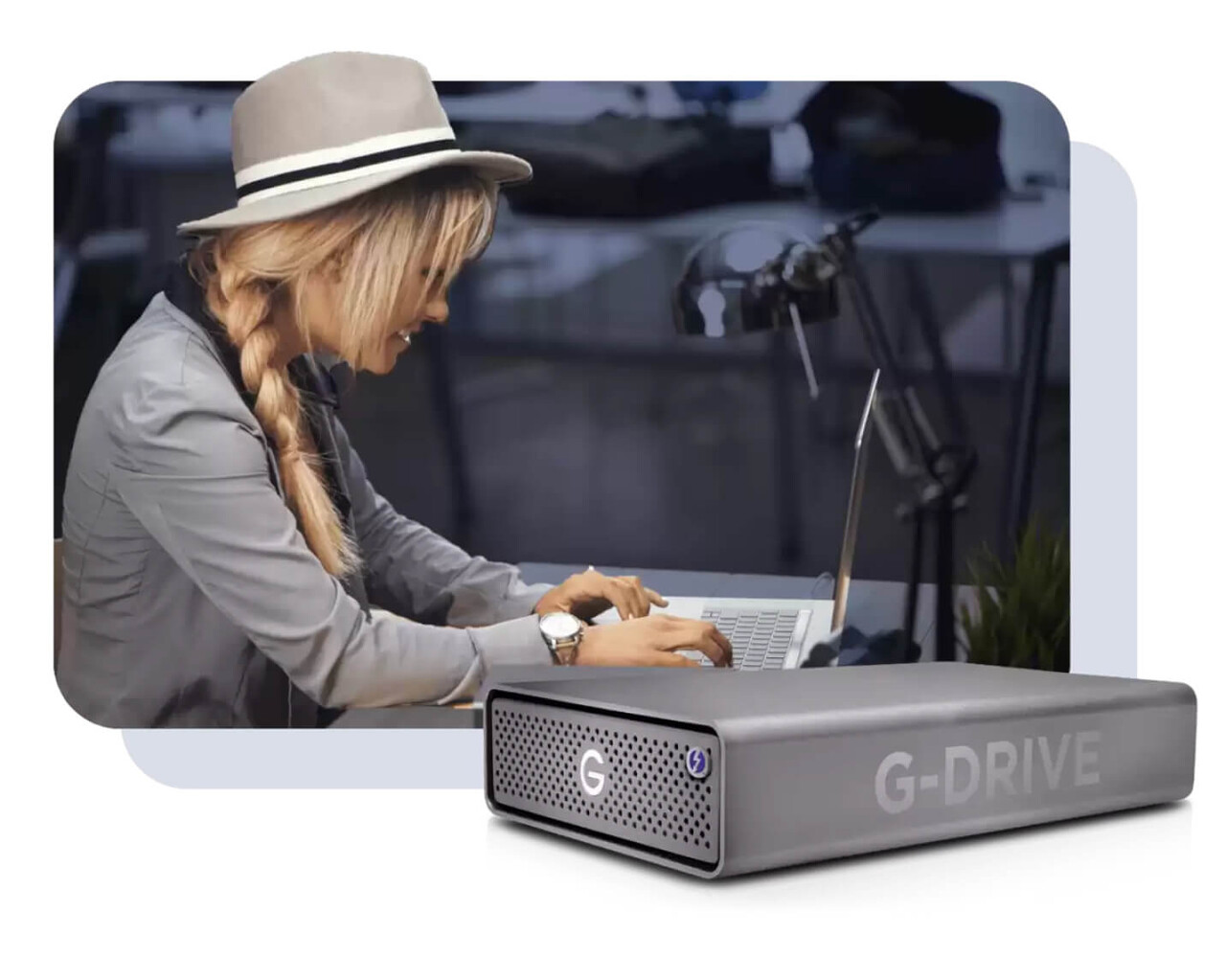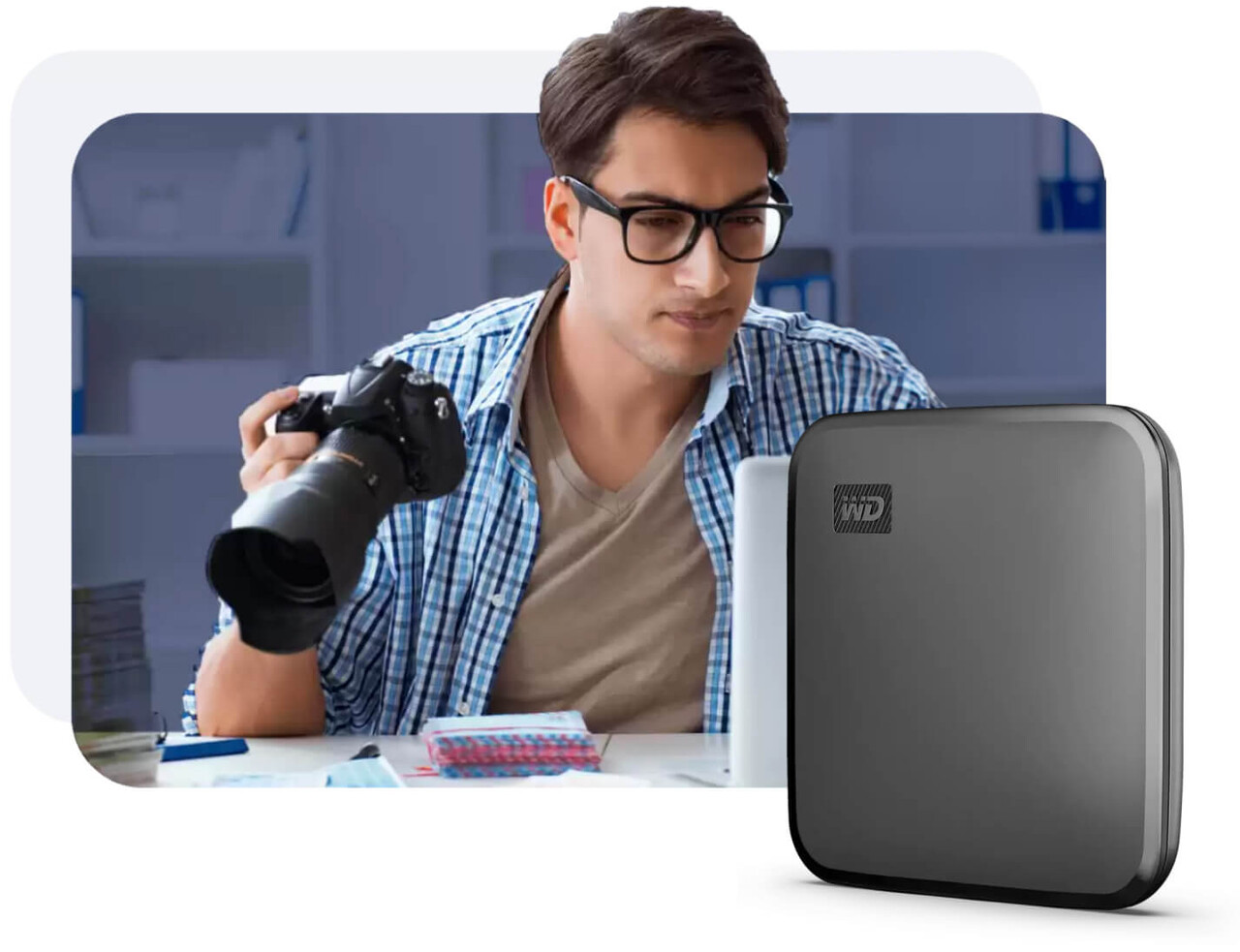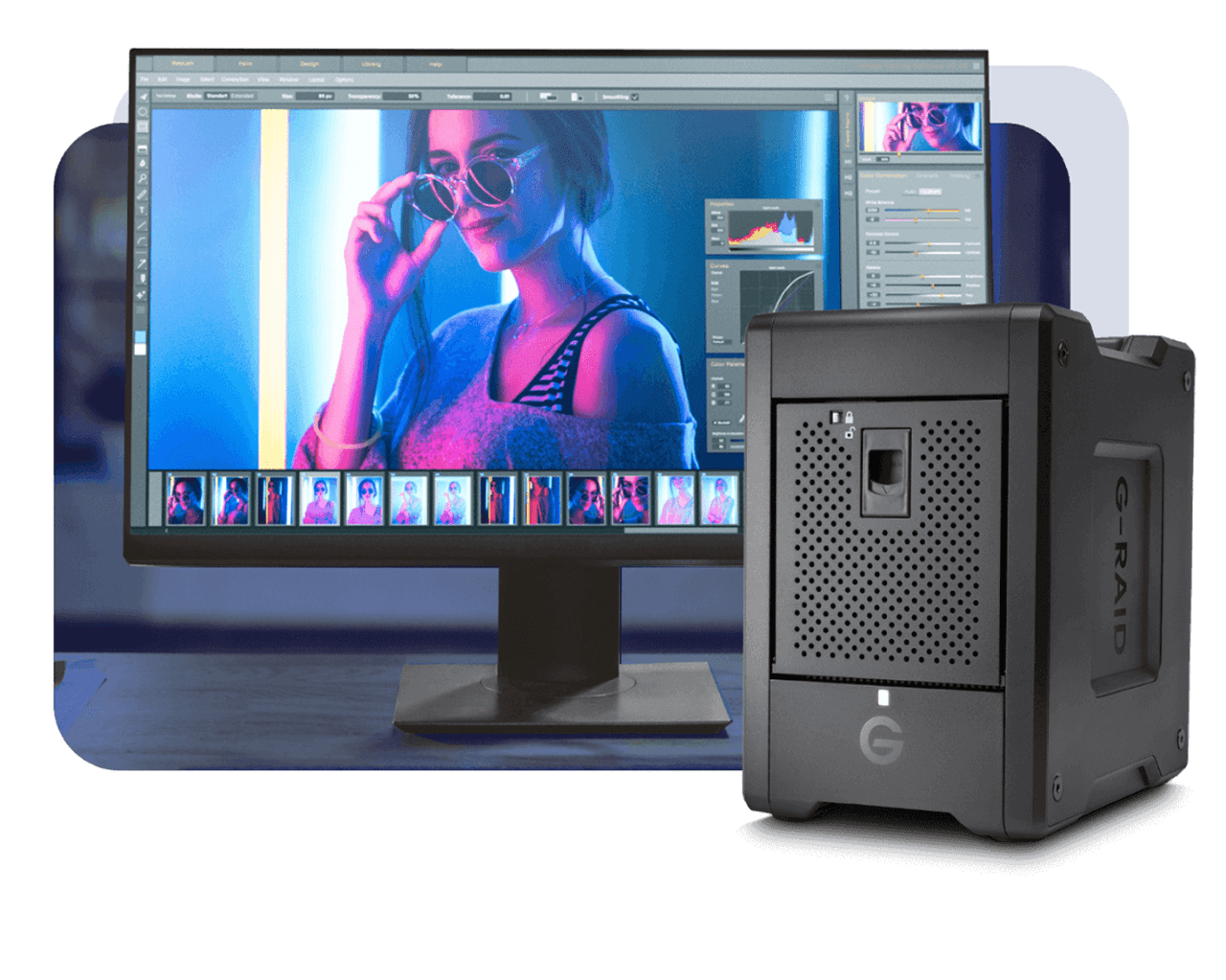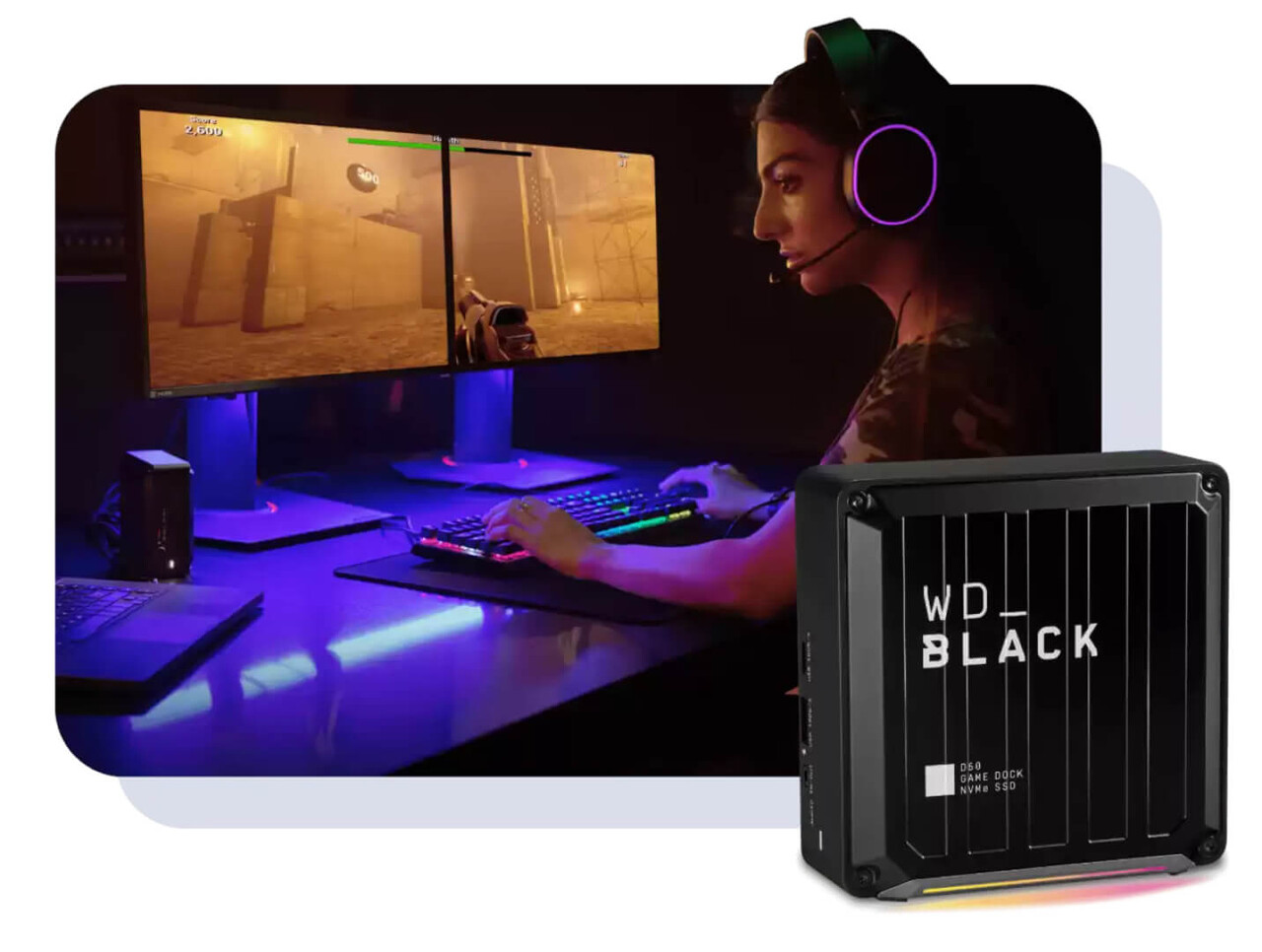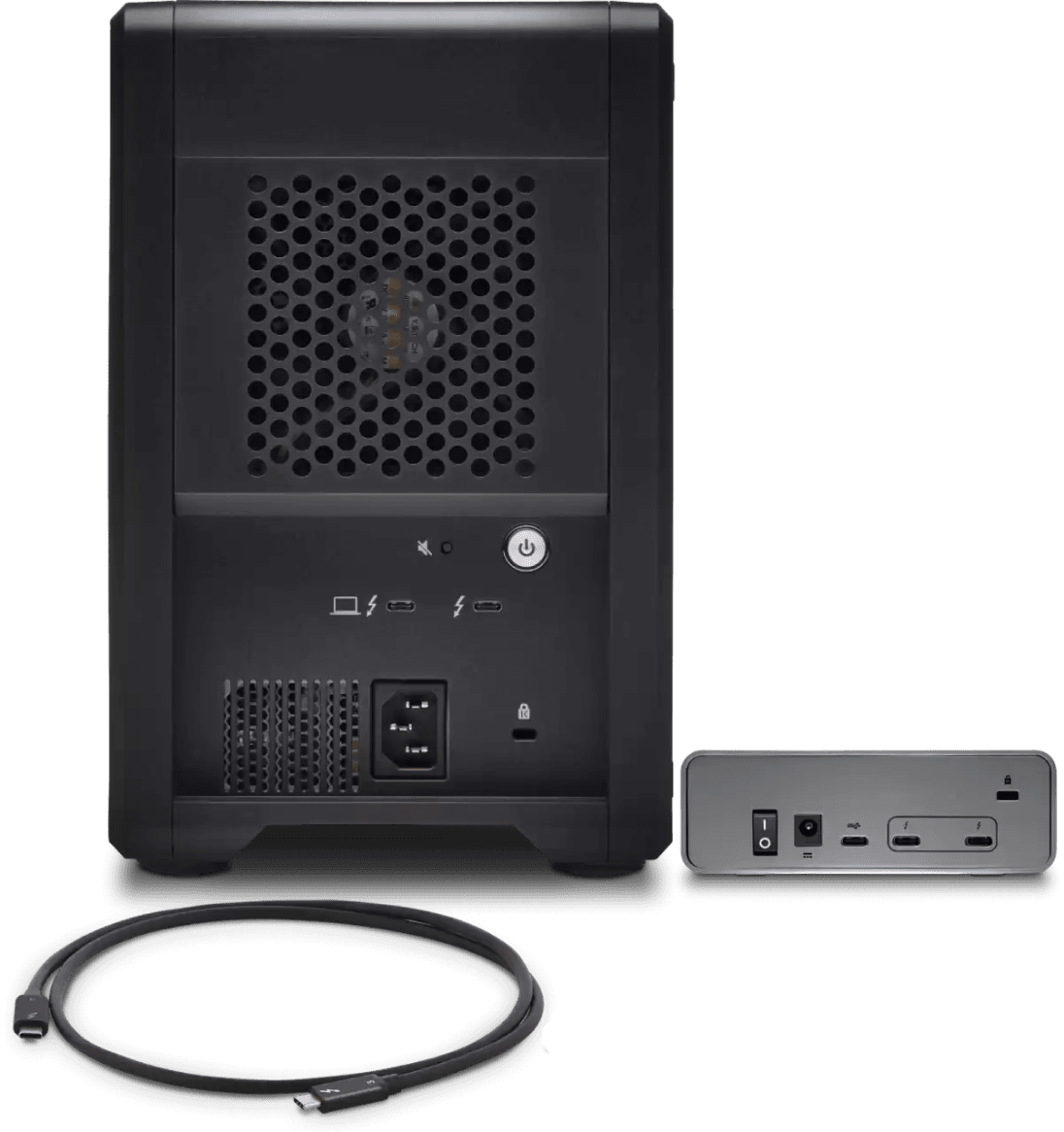Thunderbolt™ vs. USB-C™


What’s Thunderbolt? What’s USB?
Thunderbolt and USB protocol technology transfer data, display video, play back audio, and charge devices. What’s different between them is how much of each they support, and what kind of accessories they let you connect while doing it.

What’s USB-C?
USB-C is the shape of the connector at the end of a cable, as well as the kind of port you’ll connect that cable to. However, it’s not a specific protocol itself. Thunderbolt 4, Thunderbolt 3, USB4, and USB 3.2 protocols all use USB Type C cables and ports. Only some cables and ports are certified for Thunderbolt.
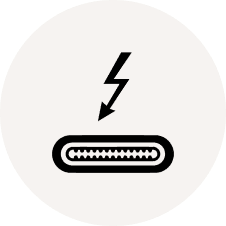
Advantages of Thunderbolt
Thunderbolt is generally the fastest, most versatile technology on the market capable of reaching top speeds, connecting multiple high-res monitors at once, daisy-chaining storage devices, and more — all through a single port.
- Best for intensive, creative workflows
- Best for daisy-chaining
- Best for peripherals
- Best for faster charging
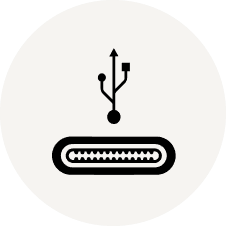
Advantages of USB
USB — or Universal Serial Bus — is the most common protocol for transferring data to and from storage devices, connecting accessories such as your mouse and keyboard, and keeping your day-to-day tech charged.
- Best for everyday tasks
- Best for quick, easy setup
- Best for universal compatibility
- Best for affordability
Compare Thunderbolt
& USB Generations
Take command of connected workflows by learning more about USB vs. Thunderbolt.
| Thunderbolt 4 | Thunderbolt 3 | USB 4 | USB 3.2 | |
| Data Transfer | 40 Gbps | 40 Gbps | 20Gbps/40 Gbps | 40 Gbps |
| Video | Two 4K Monitors One 8K Monitor | Two 4K Monitors One 5K Monitor | Two 4K Monitors One 8K Monitor | Two 4K Monitors |
| Power/Charging | Cable up to 100W Port minimum 15W | Cable up to 100W Port minimum 15W | Cable up to 100W Port minimum 7.5W | Cable up to 100W Port minimum 4.5W |
| Daisy-Chaining | Yes (up to 6 devices) | Yes (up to 6 devices) | No | No |
| Passive Cable Length | 2M | 0.8M | 0.8M | 1M |
| Mandatory Certification | Yes | Yes | No | No |
| Backwards Compatibility | Full | ≥1m = 480Mbps (USB) | Full | Full |
| Connector | USB-C | USB-C | USB-C | USB-C, USB-A |
